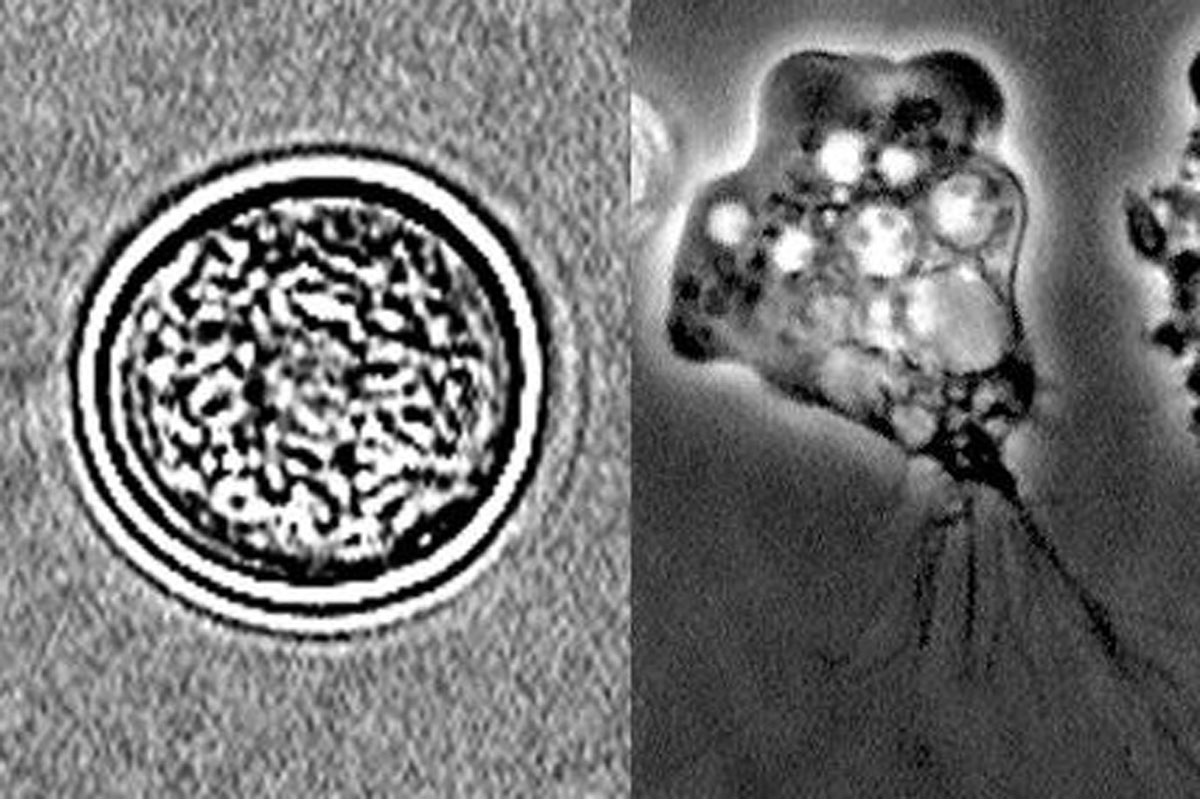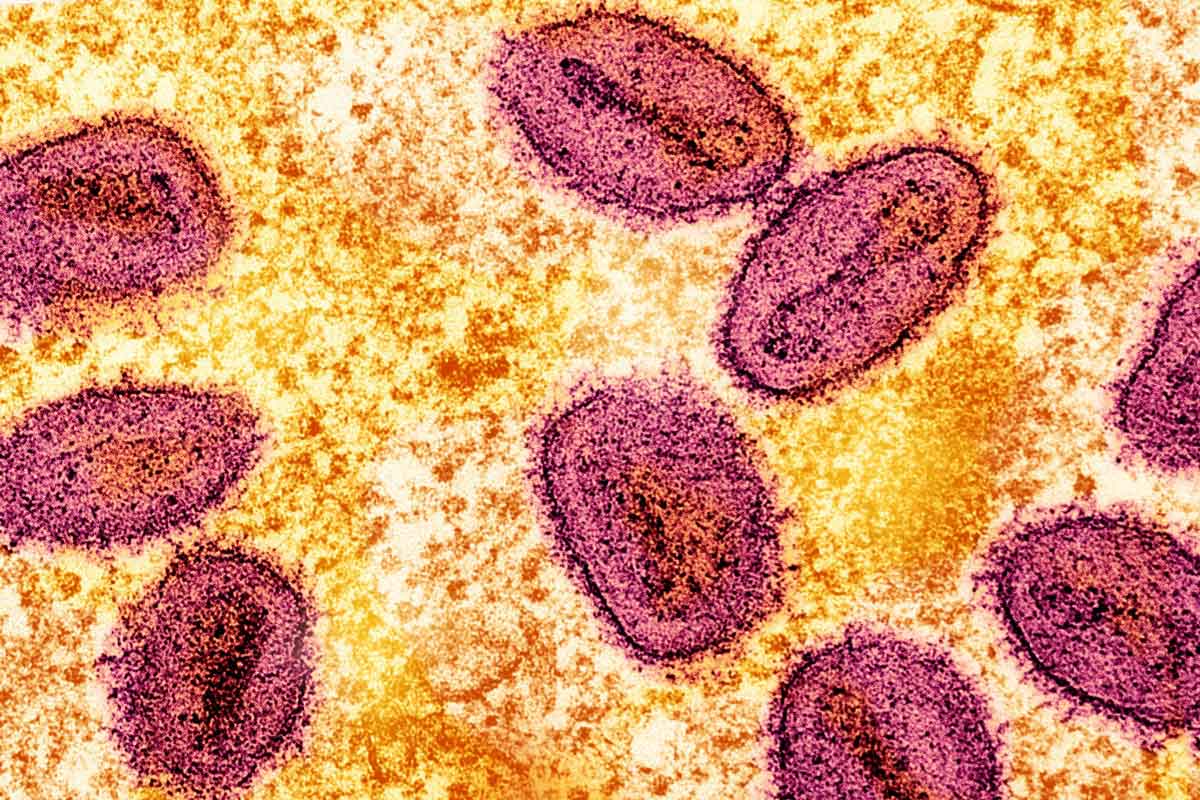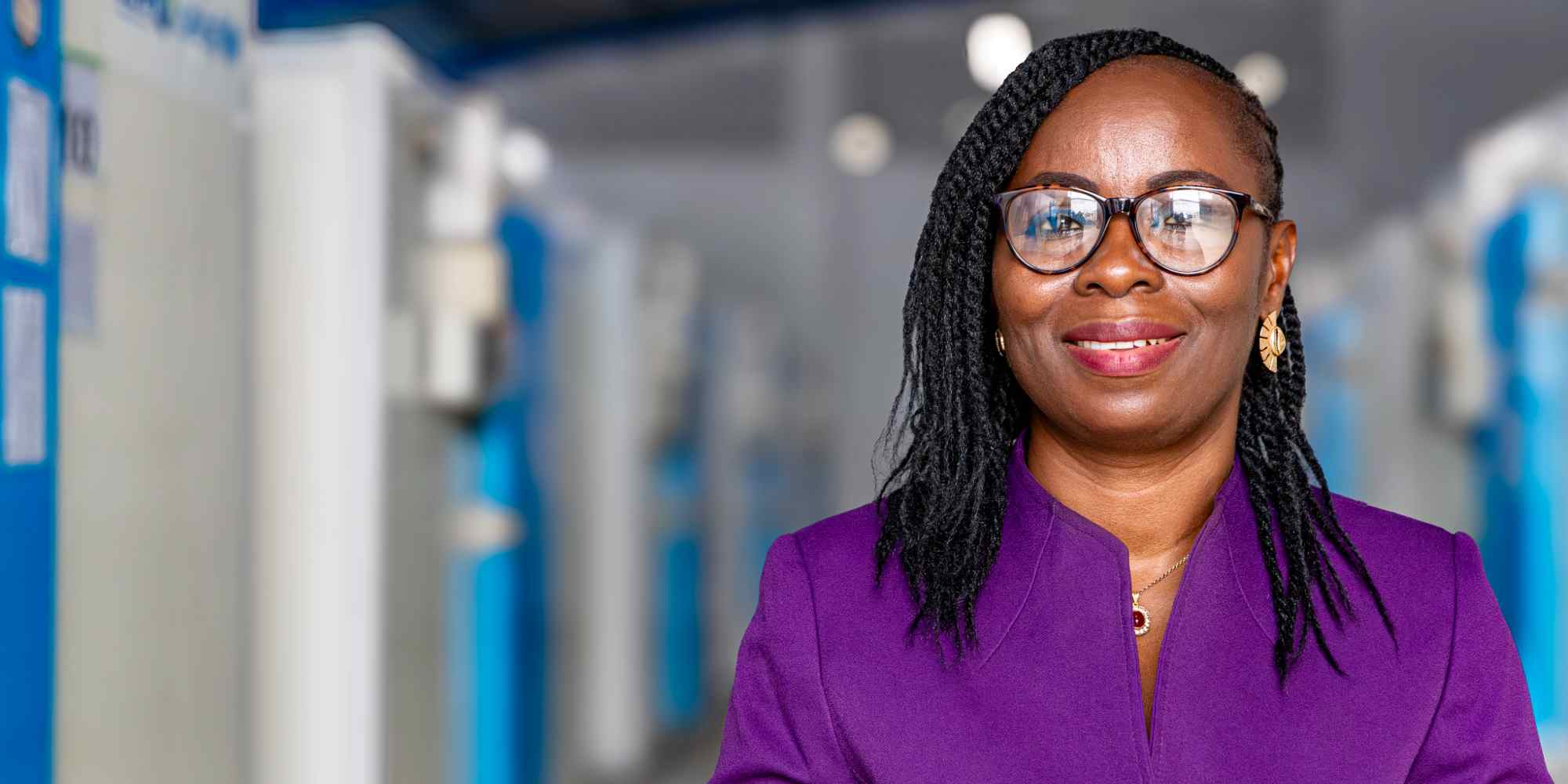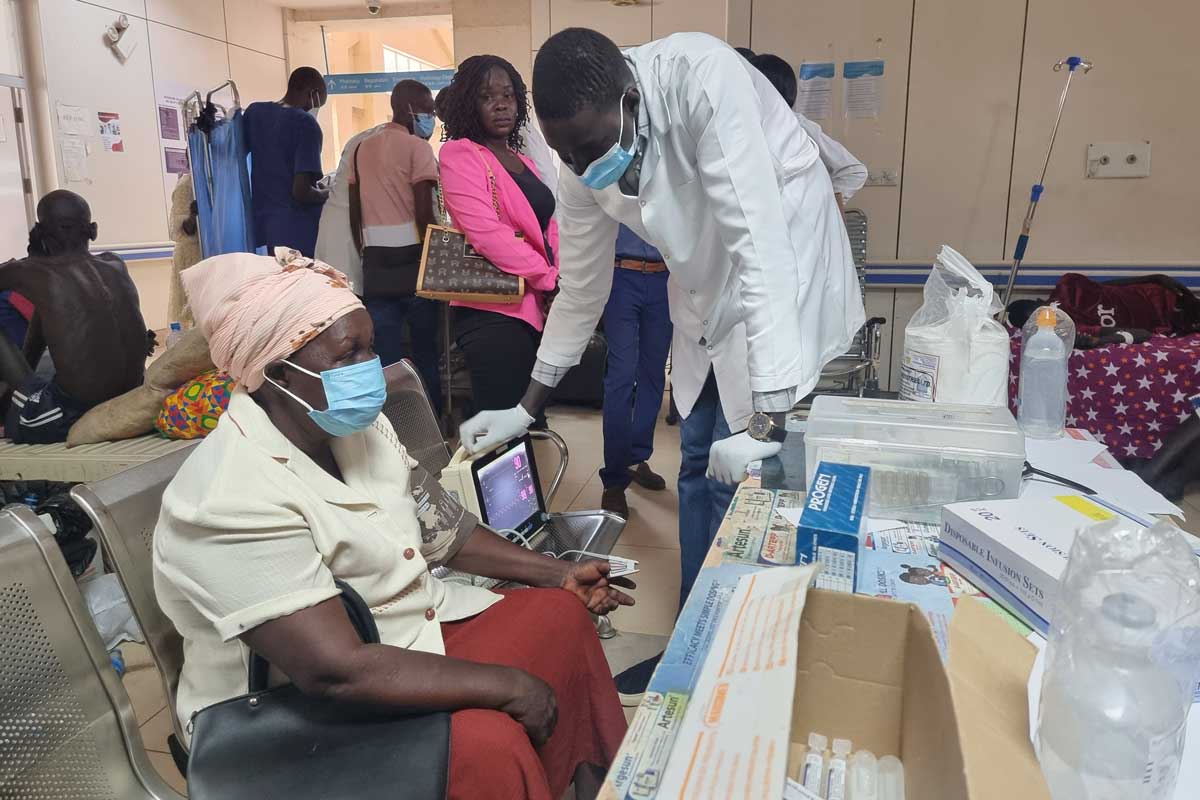Emma Stewart, Policy and Advocacy Officer at PATH.

National Medical Stores delivery vehicle, Entebbe, Uganda. Photo: PATH.
A well-functioning supply chain often goes unnoticed. People rarely talk about fully stocked shelves at the store or on-time delivery of a package. It’s the interruptions to the supply chain that get noticed. As they say, “the squeaky wheel gets the grease”. These days, immunization supply chains —the network of staff, equipment, vehicles, and data needed to get vaccines safely from the manufacturer to the people who need them—are the “squeaky wheel” as the global health community seeks to close the immunization gap. Here’s how the issue has been gathering momentum over 2016.
Addis Ababa, Ethiopia: First Ministerial Conference on Immunization in Africa
At the first-ever Ministerial Conference on Immunization in Africa (MCIA) in Addis Ababa, Ethiopia earlier this year, supply chains formed an important part of the larger immunization conversation. The Addis Declaration on Immunization, the official commitment signed by many African leaders at the conference, included objectives focused on addressing barriers to, and increasing effectiveness and efficiency of, vaccine delivery systems. Ministers of health, parliamentarians, and other stakeholders also attended a side session focused on immunization supply chains. There, the Ministers of Health from Mozambique, Ethiopia, Nigeria and Uganda, as well as immunization program managers from Benin and Senegal had the opportunity to share their experiences and lessons learned related to vaccine delivery. The conference was the first step in a series of country leader commitments and cross-country sharing for improving vaccine supply chains across the African continent.
Above: watch global immunization leaders in Addis talk about the importance of the supply chain.
Entebbe, Uganda: Eastern and Southern African Regional Meeting
In late August, logisticians and supply chain partners from 21 East and Southern African countries gathered in Entebbe, Uganda, at a meeting hosted by UNICEF to explore important supply chain topics and learn from one another. Participants from Malawi, Uganda, and Eritrea received awards as recognition of their efforts to champion supply chain improvements. Sessions structured around the five fundamentals for next-generation supply chains provided deeper understanding on using data for decision-making, cold chain equipment, human resource needs, and national logistics working groups. Participants learned more about the declaration stemming from MCIA and discussed strategies to build the case for increased investment and attention to supply chain issues. These local champions gained insights into how to advance their technical work by building on political commitments made by their leaders.

William Musubire, Vaccine Stores Management Officer – National Medical Stores, Entebbe. Photo: PATH.
Amsterdam, Netherlands: Vaccine Congress: “No Products, No Programs: Why Vaccine Supply Chains Matter”
Shortly after the discussion in Uganda, 10,000km away in Amsterdam, Netherlands, another high-level discussion took place at the Vaccine Congress. Hosted by publisher Elsevier, the participants this time were not politicians, logisticians, or program implementers, but rather academic experts and scientists—an important constituency in this conversation.
PATH organized a fireside chat on immunization supply chain, entitled, “No Products, No Programs: Why Vaccine Supply Chains Matter”. Panelists Raja Rao from the Bill & Melinda Gates Foundation and Heather Deehan from the UNICEF Supply Division engaged conference attendees on the linkages between supply chain performance and programmatic success in low-and middle-income countries in a discussion moderated by Bruce Y. Lee from the Johns Hopkins Bloomberg School of Public Health. Dr Seth Berkley, President and CEO of Gavi, the Vaccine Alliance, also joined in by way of video.
Significantly, this conversation engaged scientists involved in vaccine development in the realities of vaccine delivery on the ground. It is critical that the issues communities face in safely delivering vaccines are taken into account early in the vaccine research and development process. In addition to having the people and processes in place to move vaccines to the furthest reaches of a country, it is crucial to have vaccines and related equipment that are able to sustain the journey.
From conversation to action
The rich conversations about the immunization supply chain that are taking place around the world—among politicians, logisticians, and academics—and across the vaccine discovery to delivery continuum are very encouraging. However, actions speak louder than words. We look forward to African Union formally tabling the Addis Declaration on Immunization, and stakeholders following through on their commitments by taking up needed supply chain innovations to ensure vaccines get to the children who need them.






